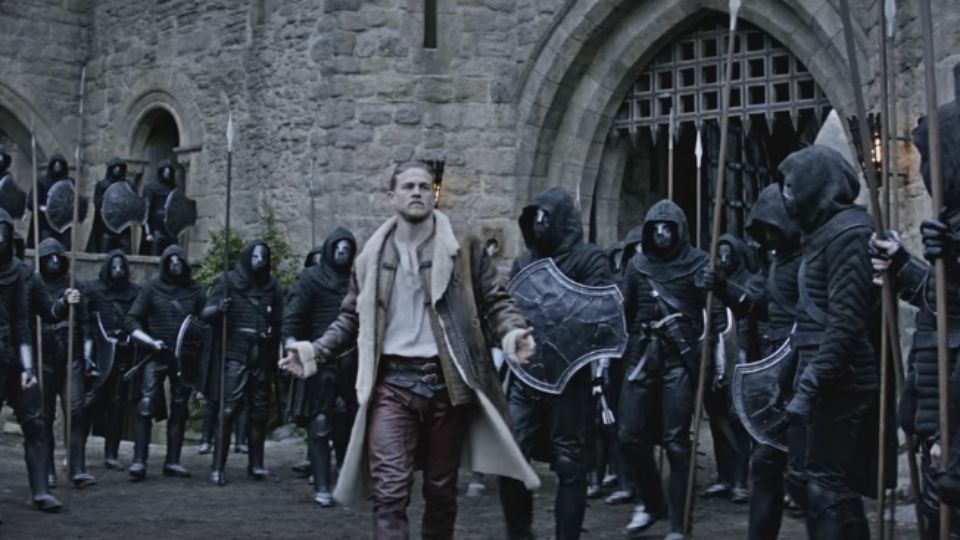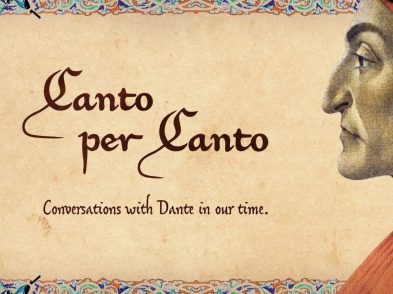In the cradle of Renaissance civilization we spend far too little time contemplating the history of the Middle Ages. Popular imagination has instead filled our perceptions of the medieval world with attention-grabbing hyperbolic tales of dragons, valiant knights, damsels in distress, sorcery and a peppering of pestilence. Academic history has long been wary of historical fiction’s fantastical brush strokes, but we—much like the greatest minds of the Italian Renaissance—play impressive mental gymnastics to disassociate ourselves from what we perceived as an arcane, less enlightened and distant past. The legends that we prefer to create distort the past, but they tell us a great deal about our contemporary lens.
There is no denying that this exotic age is enticing for good reason; medieval people did not share our humanistic worldview. They are culturally far more different from us than those who lived in antiquity or during the Renaissance. For that reason, we do the Middle Ages a tremendous injustice when we force the culture to be familiar.
Walking past the truncated remains of the Guelph and Ghibelline towers of Florence, it is easy to let our imaginations run wild through these supposed “dark” ages because popular history has provided a much-desired escape from our contemporary reality. Most recently, the legend of King Arthur made its way to the big screen at Cinema Odeon Firenze in Guy Ritchie’s interpretation of the timeless tale. King Arthur: Legend of the Sword is a flashy battleaxe of a film in which Arthur, powered by the mythical sword that only he can control, goes to war against his villainous uncle.

A scene from King Arthur: Legend of the Sword directed by Guy Ritchie
The film is an exercise in loose historical interpretation. A Lord of the Rings meets Robin Hood hybrid, there is only a faint glimmer of the Middle Ages at its core. Although it is impossible to confirm the original authorship of the folklore around the legend of King Arthur, modern interpretations of the story are clearly a mirror on our own culture and what we seek to find in the distant past. Arthur is a hero manufactured specifically for the modern palate. We can identify with his virtues and admire his search for justice. His plan to rule democratically, with trusted advisors seated at a round table, is just the icing on the hero-worshipping cake.
But why is Arthur’s story so exceedingly well known while Tuscany’s own Excalibur legend considerably less so? Tuscany’s tale is a very different story that falls more firmly into authenticated medieval lore. Following divine visions and a horse that refused to move forward, Saint Galgano of Siena fused his sword into stone in 1180 in a dramatic renunciation of war and material possessions. This formerly arrogant noble’s departure from the secular world and his entrance into monastic life is complete divergence from the popular legend of Arthur’s rise to power. Although Galgano’s saintly status was recognized immediately—he was canonized in 1185, only a few years after his death—it would be exceedingly difficult to market Saint Galgano as a timeless hero for the ages. Chances are, you have never heard of this perfectly noteworthy local legend, but you can pay homage to this pacifist with a visit to the ruins of the abbey which are perched on the saint’s hermitage and see his sword, remarkably fused in stone, at the nearby Rotonda of Montesiepi.

Monastery of San Galgano in Tuscany
We are not the first to manipulate medieval lore to our liking. When the Medici rose to power in the 15th century, they were new kids in the country club trying to claim feudal roots. In search of political legitimacy, they dove deeply into the Middle Ages to invent a story, claiming that the origins of their fame were connected to the great Frankish king Charlemagne’s campaign into Italy. One of Charlemagne’s knights was said to be a Medici and this brave warrior killed a giant who terrorized the people of Mugello. The family crest bears the red balls, which may represent the dents to the shield of their courageous patriarch. When the Medici invented their story they, like us, wanted to focus on a medieval hero who was successful in battle, not one who renounced war.
The local legend of Tuscany’s sword in the stone and the Medici family tree illustrate the lens through which we see the Middle Ages and judge its heroes. The local pacifist remains little known, while the war hawk reigns supreme.
The next time you are intoxicated by tales of the Middle Ages, take a breath and ask if that is what you are seeing or if it is a mere reflection of ourselves. Sitting here watching the men of Florence, dressed in the colors of their quartiere, streaming into Santa Croce to the beat of medieval war drums ready to tear each other apart at calcio storico, I cannot help but wonder if there is a Saint Galgano amongst them.








